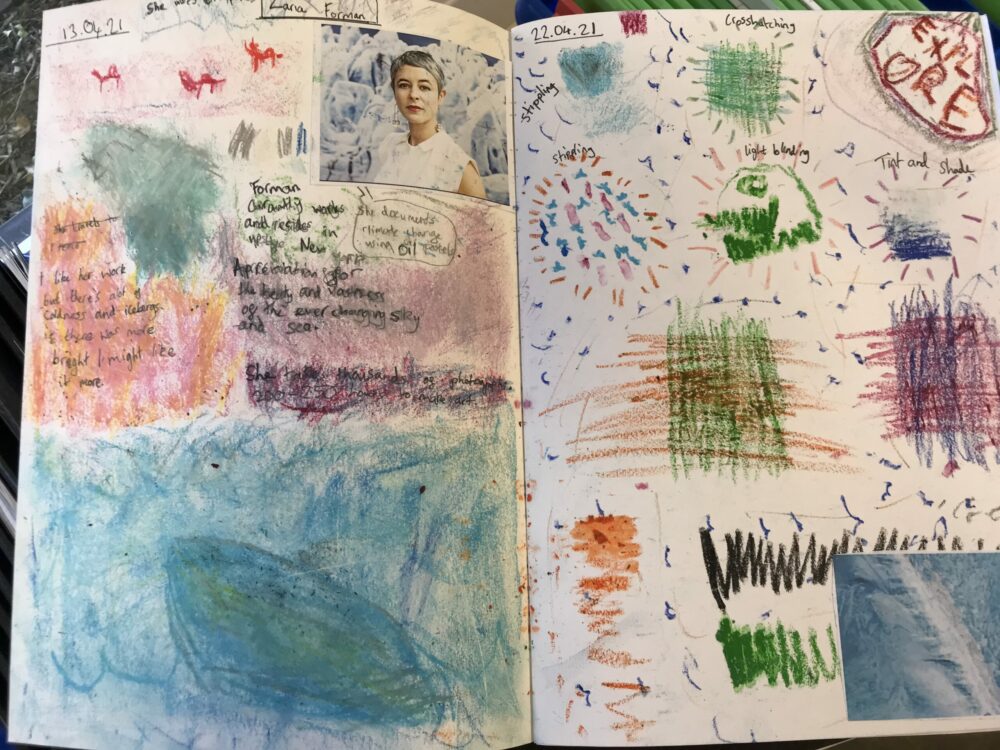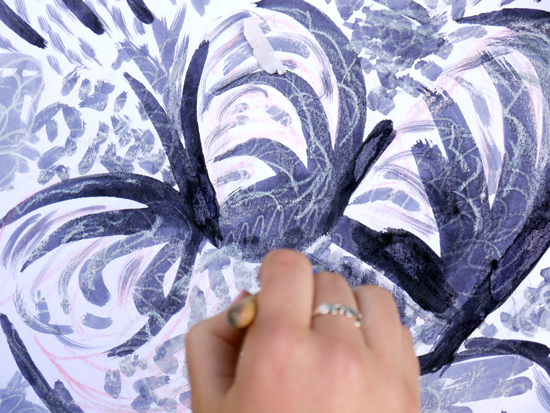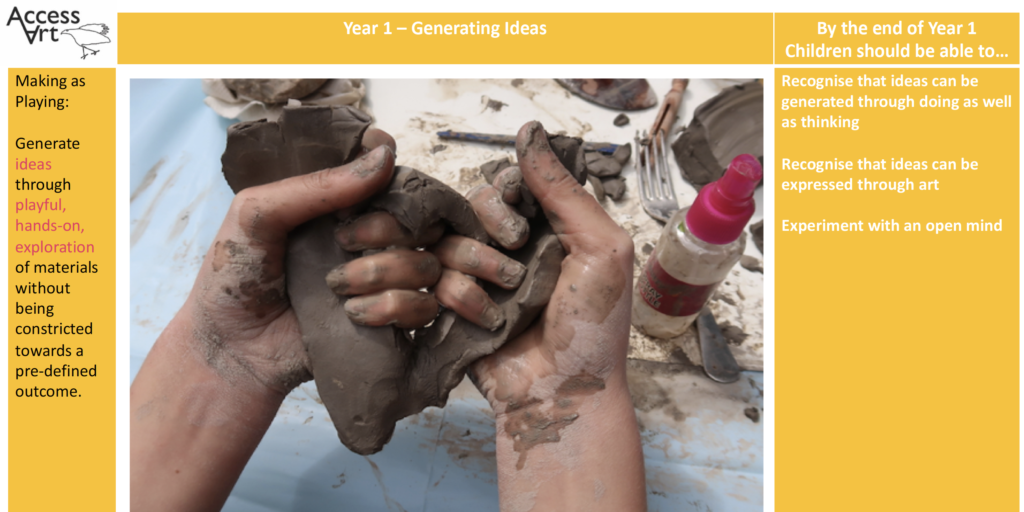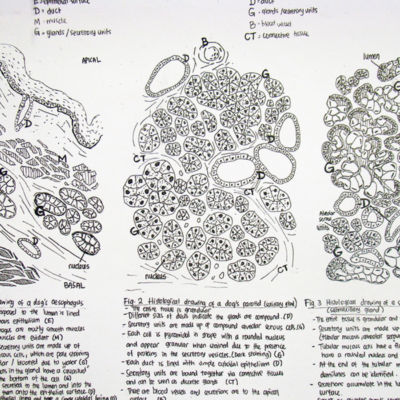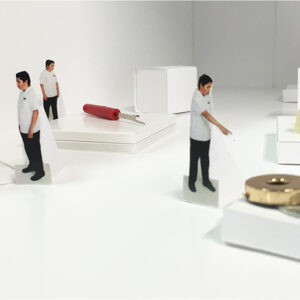<<< Back to Tools and Questions for Assessing Drawing<<<
<<< Back to the AccessArt Drawing Journey for Children Ages 9 to 11<<<
When “assessing” art in primary schools, please remember:
-
There are no national standards in England for Art in key Stage 2.
-
You do not need to grade art.
-
You cannot and should not apply the same criteria and process for assessing other subjects to art.
-
Progression is not always linear.
-
Teachers should consider assessment as a holistic practice, which takes place during every art lesson through conversation with pupils.
-
Most importantly! Creativity is a fragile process that is hard to measure and assess and should always be nurtured and supported.
-
Check the opportunities the school offers all pupils are appropriate.
Use the following tools for “assessment”
-
Articulation: one to one, small groups, whole class
-
Sketchbooks: as a conversational tool between pupil and teacher. Always check understanding and intention in addition to what you see in the sketchbook.
-
Development work: all the work done along the way, before any final piece. Again, always check intention and understanding through conversation alongside what you see.
-
Final work: Remember “safe” final outcomes can hide poor learning journeys, and sometimes an excellent learning journey might not be reflected in the final piece. Progression is not linear and in art pupils can stall or make leaps for a variety of reasons, none of which need “marking”, though you can use these moments of progression to inform what that pupil needs to help them develop further.
